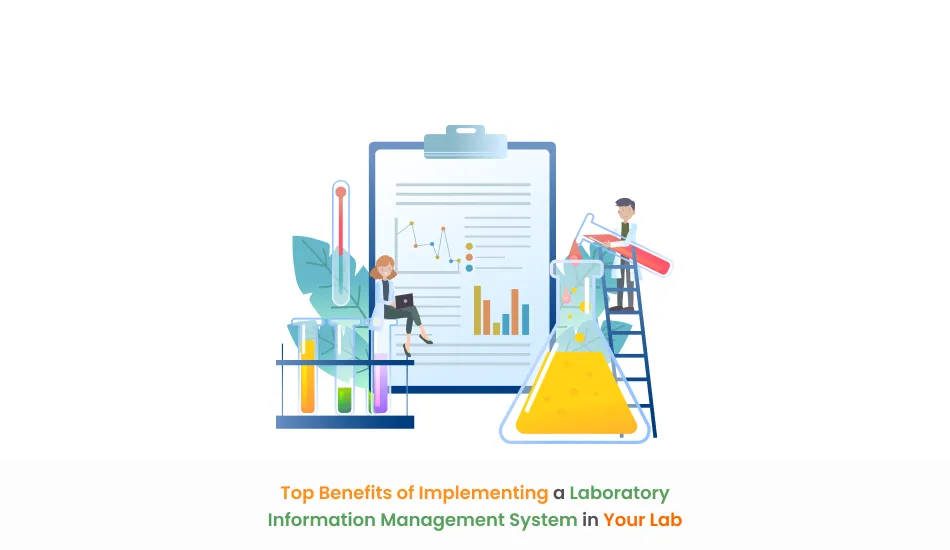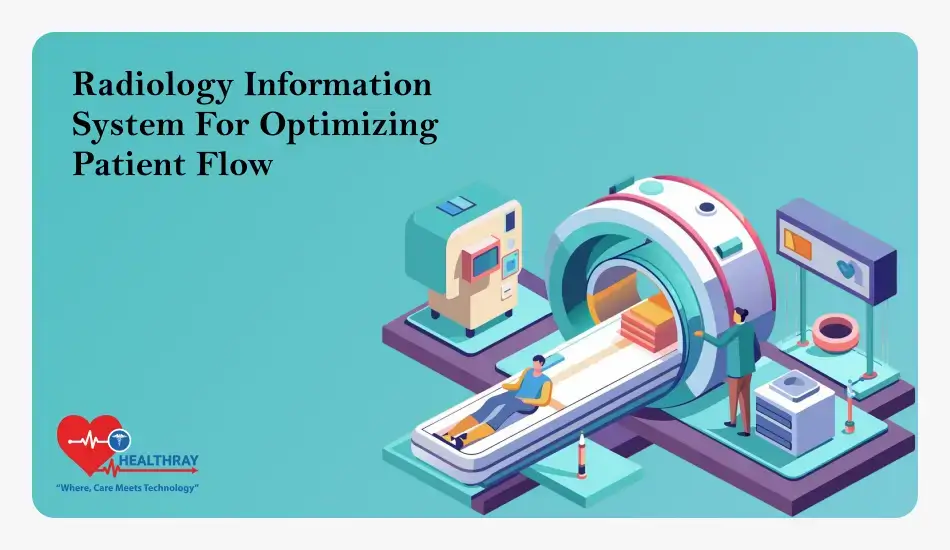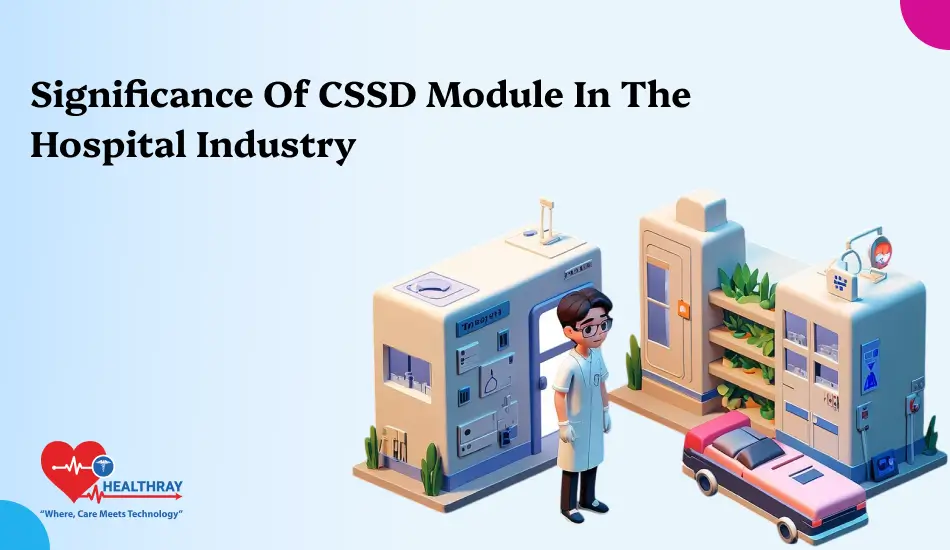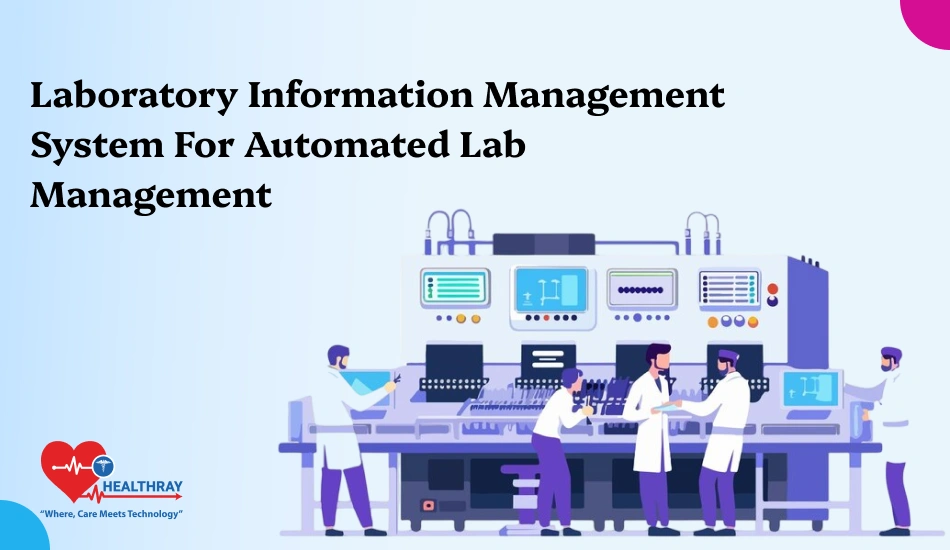Running a laboratory is complex due to several concurrent tasks, which include managing samples, keeping track of the data, as well as observing strict compliance with laws and regulations. Handling the tasks manually invites mistakes that trigger delays, errors, and costs beyond what is necessary. A Laboratory Information Management System presents a solution that automates a process, gives accuracy, and streamlines processes. This article will outline the top benefits of implementing a LIMS in your lab and how it can transform the way you operate.
Top Benefits of a Laboratory Information Management System
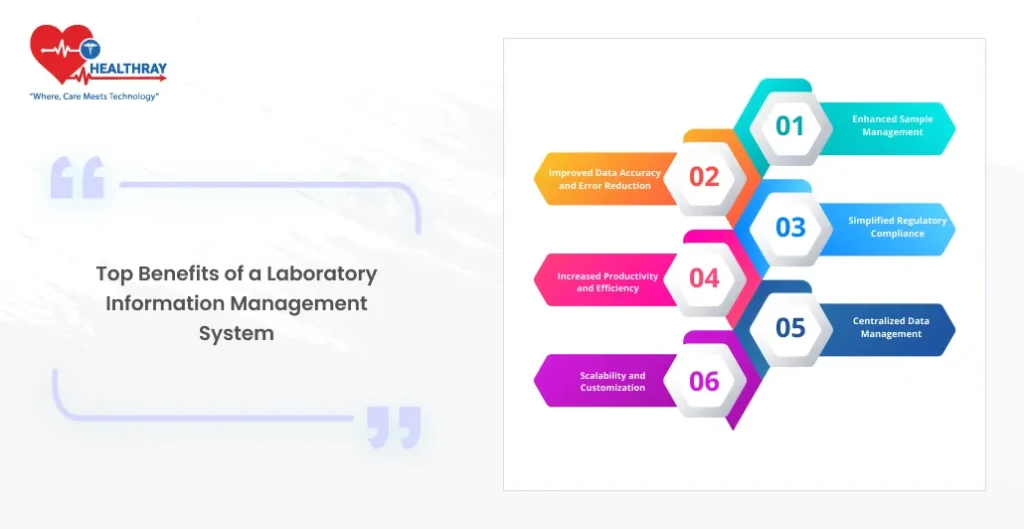
Improved Sample Management
Sample management and tracking should be at the heart of any laboratory daily activity. Many laboratories continue to depend on paper logs or spreadsheets for sample tracking, which heightens the chance of errors such as lost samples, misspelling or mislabeling of samples, and delay in processing.
This places LIMS to automate the sample management process by tracking every sample at each stage. A specific barcode or code identifier is assigned to the samples, which would trace the location and passage with the help of scanning and trace from collection and to reporting stages.
This therefore reduces the chances of human errors and speeds up the process altogether. To the laboratory professionals, samples will trace quite easily to check on the current status of completion, hence speeding with increased turnaround.
Besides this, LIMS systems better arrange and track storage conditions like temperature or humidity; this way, samples will remain under the best conditions throughout their life cycle.
Improved Data Accuracy and Error Reduction
Data entry is probably one of the easiest human errors people can make in labs. And it is easier for the staff in the laboratory when they are manually inputting data into their spreadsheets or logs. The small errors in inputting some sample number or results sometimes led to big, serious issues as in health, pharmaceuticals, etc., the integrity of the data is to be maintained.
A LIMS greatly reduces the risk of errors since it automatically collects and inputs data. The system directly interfaces with laboratory instruments; it pulls the data directly from them and inputs them into the system without any form of manual interference. This does away with transcription errors and assures that data is consistent and accurate.
A LIMS software will reduce the risk of error by auto-validation of data and tracking. It further ensures that the right and appropriate information is put to use in ensuring that the data is per industry standards for accuracy and reporting.
Simplified Regulatory Compliance
Laboratory regulations are pretty strict, especially when working with healthcare, food safety, or pharmaceutical industries. Be it ISO standards, FDA regulations, or any other industrial standards, the labs have to be sure that each and every process is compliant and documented in the proper way.
Manual regulatory compliance is a very time and effort-intensive process. Much time and effort are involved in managing audit trails, reporting, and retaining records in preparation for inspections.
A LIMS simplifies this process by automating many of the tasks that are part of regulatory compliance. Everything that is being done, from sample handling to data collection and reporting, in minute detail, is recorded by this system. It creates audit trails automatically, with a complete history of each sample and test conducted, which is considered very important for fulfilling regulatory requirements.
Besides that, it will also enable the laboratories to meet certain compliance requirements for data security, such as HIPAA for healthcare. The LIMS would ensure limited access to sensitive information by authorized personnel only, and the electronic records would be well kept.
Increased Productivity and Efficiency
It automates routine tasks such as sample tracking, data entry, and reporting, hence increasing the productivity of your lab.
A LIMS will save hours for many processes that otherwise would have been required. In this way, the lab staff will be free to engage in more vital duties. Instead of logging manually for each sample, for example, lab technicians can just scan the barcode, and that will automatically update the status of that sample. Other than the increase in workflow velocity, this will surely ensure that the data entered is accurate and up-to-date.
Apart from that, LIMS can enable resource optimization, such as tracking the availability and performance of the equipment to make sure instruments are properly maintained or calibrated. This prevents delays resulting from malfunctioning equipment; hence, tests are conducted with the right functioning of instruments.
Besides, a reduction in the turnaround times and errors enables labs to process more samples with the same number of staff and resources. This is a pointer to cost savings and general better performance of the lab.
Centralized Data Management
In most laboratories, data is scattered among many systems or departments, making access to and analysis of information time-consuming. This results in many inefficiencies and delays in decision-making, especially when reviewing test results or handling projects and reports.
A LIMS centralizes all lab data within one integrated system, whereby the lab manager has easy access to real-time information regarding sample status, test results, equipment performance, and many more. It facilitates monitoring of workflows, finding bottlenecks, and quick decision-making.
Centrally managed data will further give the labs elbow room to construct more complex reporting and dashboards, reflecting upon the lab’s performance to indicate areas a manager needs to develop and observe at KPI levels.
Scalability and Customization
Large and fast-growing laboratories must evolve their workflow and data management requirements. LIMS solutions are highly scalable software solutions to accommodate additional instrumentation, processes, and personnel with growing laboratory needs. Be it small laboratory management or huge multi-department facilities, one is able to adapt LIMS solutions as per the particular needs of one’s facility.
That is a modular system. The nature of your lab could allow it to add or remove features. Thus, you might start with a basic system tracking samples and expand the functionality to project management, inventory tracking, or compliance reporting as your lab grows.
Cost-effective, a versatile LIMS for any size laboratory-large or small-is an attractive solution that will keep a system growing according to needs and business over a period of time.
Conclusion
A Laboratory Information Management System is a valuable helper and may invoke changes in the functioning of your laboratory. Error reduction and incorrect sample management is minimized, simplified compliance, enhanced productivity-all at once with a boost by LIMS that ensures enhancement in efficiency and seamless performance within one’s laboratory. For laboratory owners, managers, and technicians who want to upgrade their operations, a LIMS is an intelligent investment that promises long-term savings and improved performance. Be it a small or large laboratory, flexibility and scalability make the LIMS an invaluable tool for any enhancement in efficiency and pace with today’s fast-moving industry. e flexibility and scalability of a LIMS make it an essential tool for improving efficiency and staying competitive in today’s fast-paced industry.
